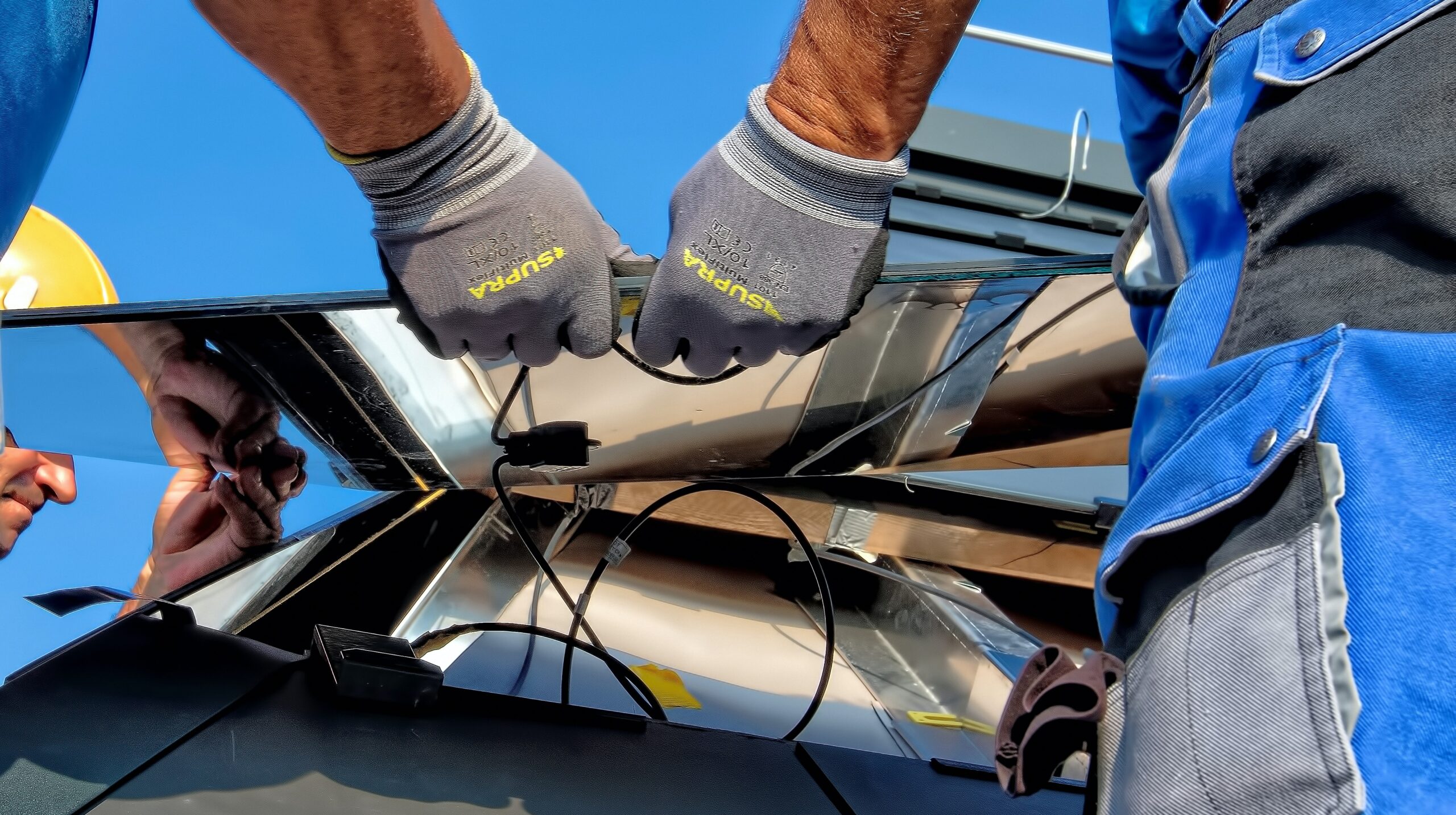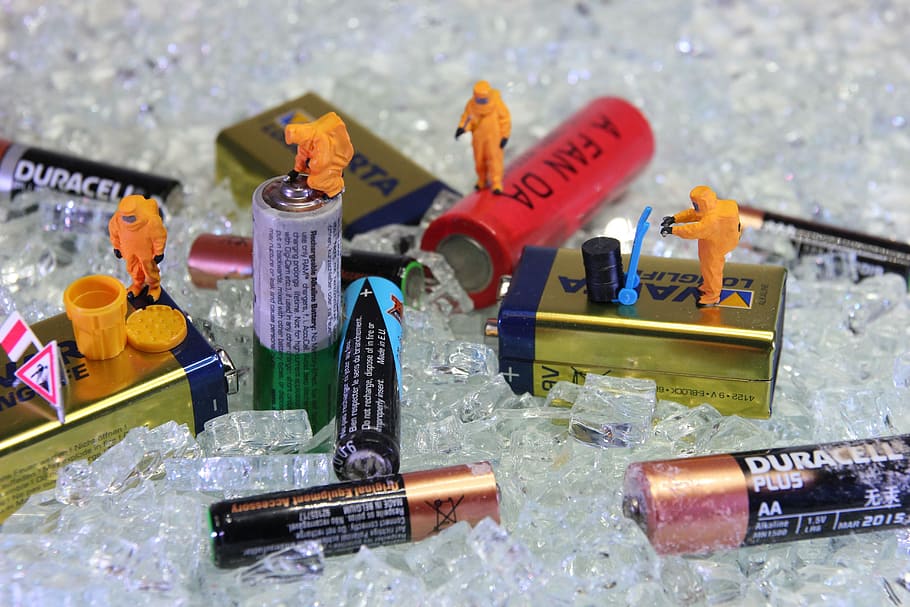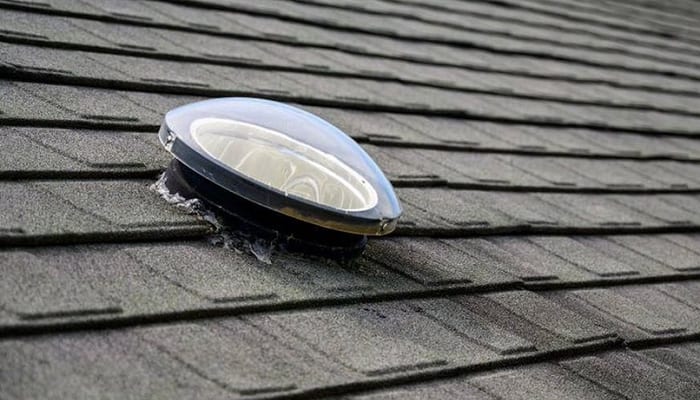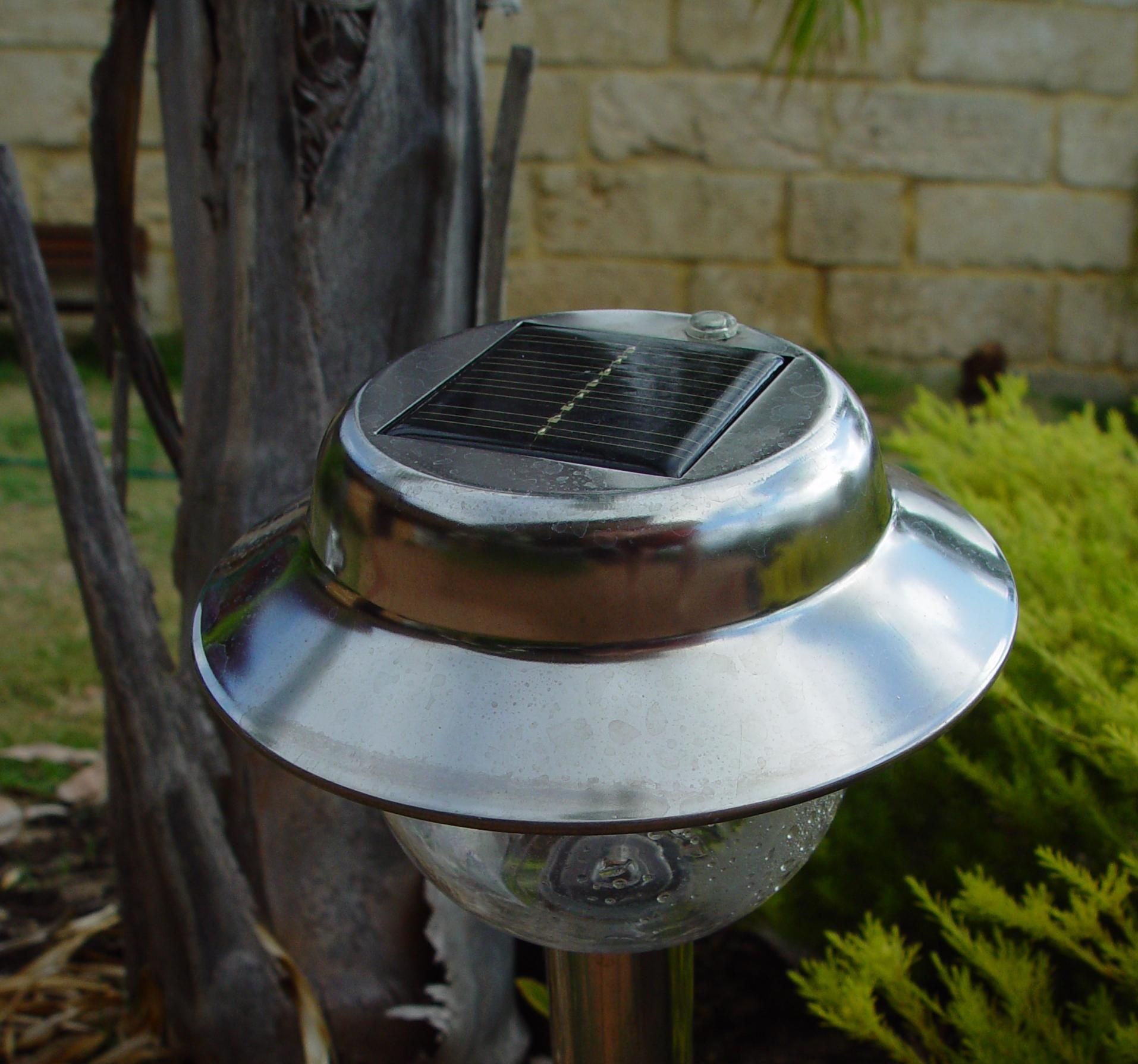Connecting a solar panel to a battery, inverter, or charge controller is simpler than you may think! Building an off-grid solar system is easy with the proper materials and tools, and you can set up an entire renewable energy system by yourself in practically no time.
How to Build Your Own Solar Energy System
In this section, I’ll explain what you need to build a solar energy system by connecting a solar panel to a battery.
What You’ll Need
- Two batteries
- Solar panels
- A combiner box
- A solar charge controller
- An inverter
All of these work together to convert solar energy into electric energy. Let’s look at each part:
Battery
You can use any size battery to connect solar panels, but I recommend a 12 volt. It’s the most common size used for solar panel connections. If you are wondering which types of batteries work for your solar panels, read our guide on whether or not you can use higher mAh batteries on your solar panels.
Batteries store excess energy collected, and you can then use these reserves when your solar panels don’t generate enough power or can’t generate any due to external circumstances.
Solar Panels

You’ll need solar panels to match the rating of the batteries. The wattage of all your solar panels combined depends on what you’re trying to power.
For the system we’re building in this guide, two 12 volt solar panels are required with a wattage of 100 watts each.
12-volt solar energy systems are suited for small homes, solar water pumps, camper trailers, fishing boats, etc.
There are two main solar panels that you can choose from: polycrystalline and monocrystalline.
- Polycrystalline panels are light blue, space-efficient, and capture less energy.
- Monocrystalline panels are dark in color, space-efficient, and capture more energy.
If you have limited space and efficiency is a priority, I’d recommend you buy monocrystalline panels.
Combiner Box
Most people think you only need a combiner box for big projects, but they have advantages when used in smaller ones.
A combiner box brings all the wires together for easy installing and maintenance. They’re especially handy in parallel connections.
Solar Charge Controller
Solar Panels of 30 watts and above all need a solar charge controller.
A solar charge controller regulates the energy intake of batteries and protects them from overcharging. Without one, your batteries can damage. Modern controllers have settings to make them compatible with all battery types.
Your charge controller should be large enough to handle the current that your panels produce. It should also match the ratings of your battery and panels.
There are two types of charge controllers available: PWM (pulse width modulation) and MPPT (maximum power point tracking).
PWM controllers aren’t as efficient as MPPT controllers.
Inverters
You need an inverter to convert the power stored in your batteries into the 240 volt AC that your appliances run from unless you only use 12 volt DC appliances.
You can choose between two types of inverters:
Pure Sine Wave Inverters
This inverter matches the power you get from electricity suppliers. It’s clean, and you can safely run any appliance on it.
Modified Sine Waves
This type of inverter works for electronics that aren’t sensitive, like pumps, fridges, or cookers.
How to Calculate the Size of Each Component
The parts used in your solar system setup should all be compatible with one another. Here’s how you should calculate what you need:
Solar Panel Size
To calculate the energy you need, multiple your power consumption by your hours of use:
50-watt energy use over 4 hours = 200W
For the system we’re building in this guide, we need 400 watts of solar panels.
Solar Charge Controller
To determine the size of your charge controller, you need to divide the total watts of the solar panels by the voltage of the batteries. This calculation will give you the output charge of the charge controller.
For our system, the calculations look like this:
400W ÷ 24V batteries = 16.6A
This result shows that the rating of the charge controller should be at least 20A. You should always pick a controller with the next higher rating.
You can call the charge controller manufacturers for assistance if you’re uncertain which size will work best.
Inverter
To calculate the size of your required inverter, you need to determine how much energy you’ll use each day. Inverters have an efficiency of up to 80%, which is referred to as the power factor in our calculations.
Before calculating the required volt-ampere rating of your inverter, you need to calculate your daily power usage:
Power = appliance wattage x quantity
For our system, the calculation looks like this:
8 Bulbs – 15W each
1 Decoder – 25W
1 Laptop – 80W
1 Television – 140W
Power = (15 x 8) + 25 + 80 + 140
Therefore, 365W.
Now you can calculate the VA of the Inverter. Do it like this:
VA of an Inverter = total power wattage ÷ power factor
Our example:
VA of an Inverter = 365W ÷ 0.8
Therefore, 456.25VA
A 0.6kVA inverter will be suitable. Using a 0.5kVA inverter wouldn’t work because power surges can occur when adding a few more appliances or using something more for the day.
How to Connect a Solar Panel to a Battery, Inverter, or Charge Controller

When you have all your system components ready, you can connect them. If you’re building the same system as ours, use these steps as is, or adjust them for yours.
How to Connect a Solar Panel to a Battery
Start by connecting the two 12V solar panels in parallel. This connection will preserve the voltage to match the battery bank.
For a parallel connection, you need a combiner box. You’ll have to separately string your panels’ positive and negative to the combiner box’s positive and negative, from where connections to the charge controller and inverter will also follow.
The output wires on the battery section of the charge controller should lead to the batteries.
How to Connect a Solar Panel to a Charge Controller
After you’ve connected the solar panels to the combiner box, you can lead the output wires to the charge controller.
The combiner box will have a positive and negative output, which you need to connect to the corresponding inputs on the charge controller.
How to Connect a Solar Panel to an Inverter
The solar panels will connect to the inverter via the charge controller.
Inverters typically have an input labeled “DC In”. Wires attached from the solar charge controller to the batteries should split to the DC input of the inverter.
Again, the negatives connect to one another, and the positives do the same.
Testing Your System
After all the connections are made, your system is ready for testing!
To test if your connections work, take your panels out in the sun, and power your appliances. After the sun has set, run a few appliances on the batteries to see if they have any power in reserve.
In Conclusion
You should only connect a solar panel directly to a battery if the panel is five or fewer watts. Doing so with bigger panels will damage your battery.
Before you start connecting the components of your solar project, ensure that you have everything you need at your side, including this handy guide!




